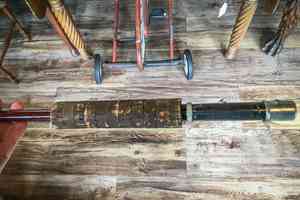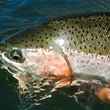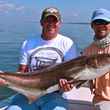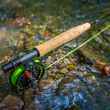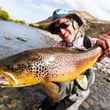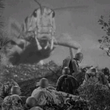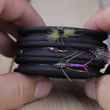As the popularity of tenkara grows, tweaks and innovation are becoming the rule rather the exception. One area that has seen a good deal of change is the type of line being used.
If you are new to tenkara, the line is a key component in the setup. Like other forms of fly-fishing the line both loads the rod and delivers the fly but is not stored on a reel. It is a fixed length attached to the rod tip.
When I started with tenkara the line choices were pretty basic. You had a choice of furled lines or level lines. Today there are a variety of line options with more on the horizon. For example small diameter fly lines have recently become popular.
All are readily available and have their proponents, as you will see below.
